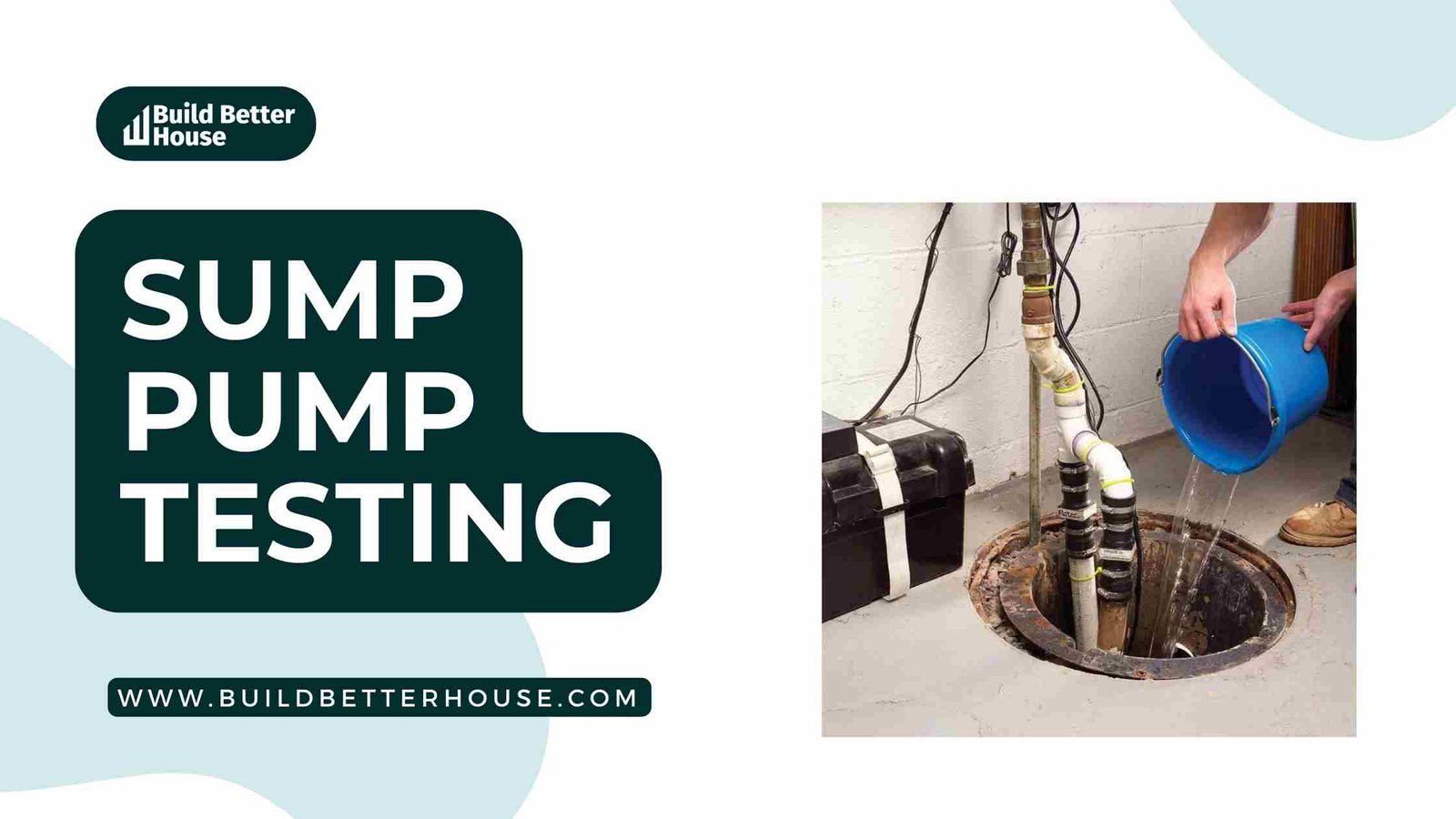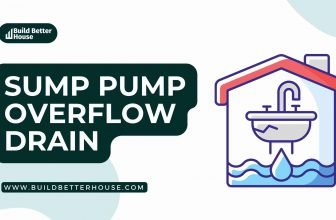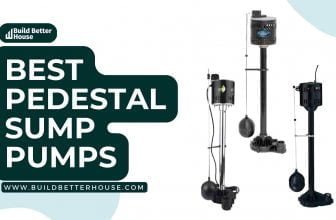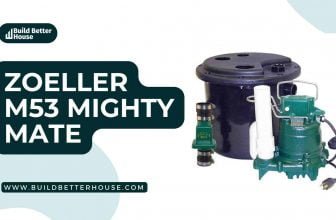Sump Pump Testing: Common Problems + How To Fix It

Whether you’re a homeowner, business owner, or property manager, sump pump testing is essential to protecting your building from water damage. A sump pump removes water that accumulates in a sump basin and pumps it away from your home or business.
While this system is designed to be reliable, it is vital to make sure your sump pump works properly. Regular testing will ensure your pump is ready to respond when needed. This guide will provide you with the information you need to properly test your sump pump and help you identify potential problems with your system.
With this information, you can make sure your sump pump will provide the protection you need and keep your home or business safe from water damage.
What Is a Sump Pump?
A sump pump removes water that collects below a building’s foundation level. Sump pumps are typically installed near the lowest point of a building, often in a pit or basin called a sump.
This basin has a series of pipes leading to it that direct the water to the pump. As water flows down into the basin, it activates the pump and discharges the water outside the building. The need for sump pumps evolved as humans began building structures on top of low-lying land regularly flooded.
To protect these buildings from water damage, these early architects installed sump pumps to draw water out of low-lying areas and move it away from the building. Sump pumps have evolved significantly since then, but they still serve the same essential function.
And while they are most commonly associated with protecting buildings from flooding, they can also be used for other flood-related issues, like excessive groundwater. Additionally, sump pumps can be used for various other applications, like wastewater removal or irrigation.
The Benefits of Sump Pump Testing
Sump pump testing is essential to protecting your building from water damage. This is especially important for homeowners, as most insurance policies don’t cover water damage caused by sump pump failure.
This can be a major financial loss for homeowners, but it can be easily avoided with proper sump pump maintenance. With sump pump testing, you can identify and address potential problems before they cause damage.
Sump pumps are designed to run for extended periods but must be properly maintained. This can save you time, money, and stress while protecting your home from water damage. Sump pump testing is also important in maintaining your pump’s lifespan.
Regular maintenance will help extend the lifespan of your pump, saving you time and money in the long run.
The Different Types of Sump Pumps
Three main types of sump pumps are commonly used in residential applications. They are rotary lobe, diaphragm, and centrifugal pumps.
Rotary lobe pumps are the most common type of sump pump. They are horizontal-style pumps with a centrifugal impeller. The rotary lobe sump pump is more efficient than other pumps. Diaphragm pumps are vertical.
A centrifugal pump is a horizontal-style sump pump that includes a centrifugal impeller. They are typically more expensive than other pumps but are often more reliable. They are less efficient than rotary lobe pumps but are often less expensive.
How to Test Your Sump Pump
Testing your sump pump is a simple process. You’ll need to find the switch or sensor that turns the pump on and off. This will usually be in the top part of the basin.
Remember that the pump will need the power to run, so you’ll need to turn off the circuit breaker to the pump. Next, fill the basin with water above the pump intake. This will activate the pump and allow you to test its performance.
You can use water from a hose or bucket or stormwater from outside. The water level inside the basin should be a few inches below the intake level. This will allow the pump to run and remove the water.
You should check your pump periodically to ensure it’s running properly. If you notice that the pump isn’t discharging water or struggling, you may need to clean or replace it.
- Testing the Float Switch
The float switch is a pressure switch used to turn a sump pump on and off. A weighted switch is attached to a line and inside a sump pit.
You’ll need to remove it from the pump to test the float switch. When the water reaches the line, the switch will close, turning the pump on to pump out the water. Make sure you have a clean, dry area to work and ensure the pump is not connected to power.
Remove the switch from the pump, and hold it above water. Gently apply pressure to the switch, and release it when the water starts to enter it.
This will help you test the switch and ensure it closes and releases properly. Once you’ve tested the switch, put it back into the pump and return the pump to its original location.
- Testing the Motor
If your pump is electric-powered, you should test the motor at least once a year. This will help you identify potential problems before they become serious.
To test the motor, remove the pump from the sump pit, and disconnect the wiring. You can then plug the pump into a wall outlet to test the motor. If you notice that the motor is overheating or the pump isn’t running, you may need to replace the pump.
- Testing the Discharge Line
You can test the discharge line to ensure that it is free of clogs and that the pump is discharging water properly. To do so, collect water from a storm drain, rain, or sprinkler head, and direct it into the discharge line.
You can use a bucket or hose to direct the water into the line. You may need to clear the line to remove the water if the pump isn’t running. You can also replace the pump if the pump is running but not discharging water.
Common Problems with Sump Pumps
Some common problems with sump pumps include clogs, defects, and low water levels. Clogs are a common problem with sump pumps, especially if your home has many trees or shrubs close to the house.
If there is a lot of debris in the line, the pump may be unable to remove the water, which could cause it to overheat.
Sump pumps can also experience defects, like short circuits or leaky seals. If something is wrong with the pump, it may not be able to remove the water, even if it isn’t clogged. If the water level in the sump basin is too low, it may not be able to activate the pump.
Troubleshooting Tips
If your sump pump isn’t working, there are a few things you can do to identify and correct the problem. First, check the sump basin to ensure there isn’t too much debris, which can cause the pump to overheat.
If the basin doesn’t contain debris, you may need to check the wiring to ensure it is connected properly.
Finally, you should check the water level in the basin. Ensure the basin is filled with enough water to activate the pump. If the level is too low, the pump won’t be able to activate.
Conclusion
Sump pumps are designed to protect your building from water damage and are essential to any home or business prone to flooding. However, these pumps can only break if they are properly maintained.
It is important to test your sump pump regularly to ensure it is in working order and able to respond when needed.
Sump pumps can have several common issues, and they can break at any time if they are not properly maintained. It is important to test your sump pump regularly to ensure it is in working order and able to respond when needed.






